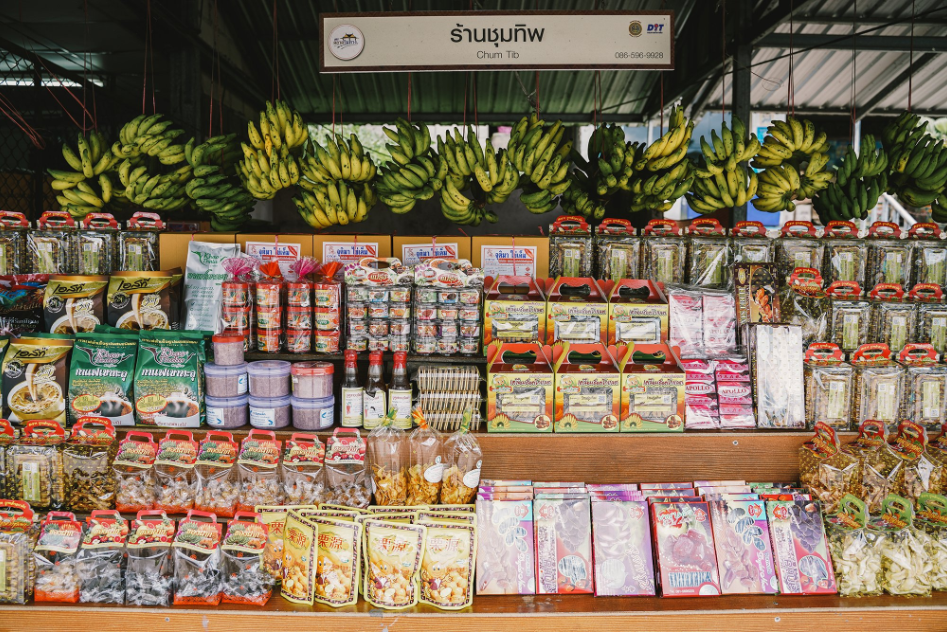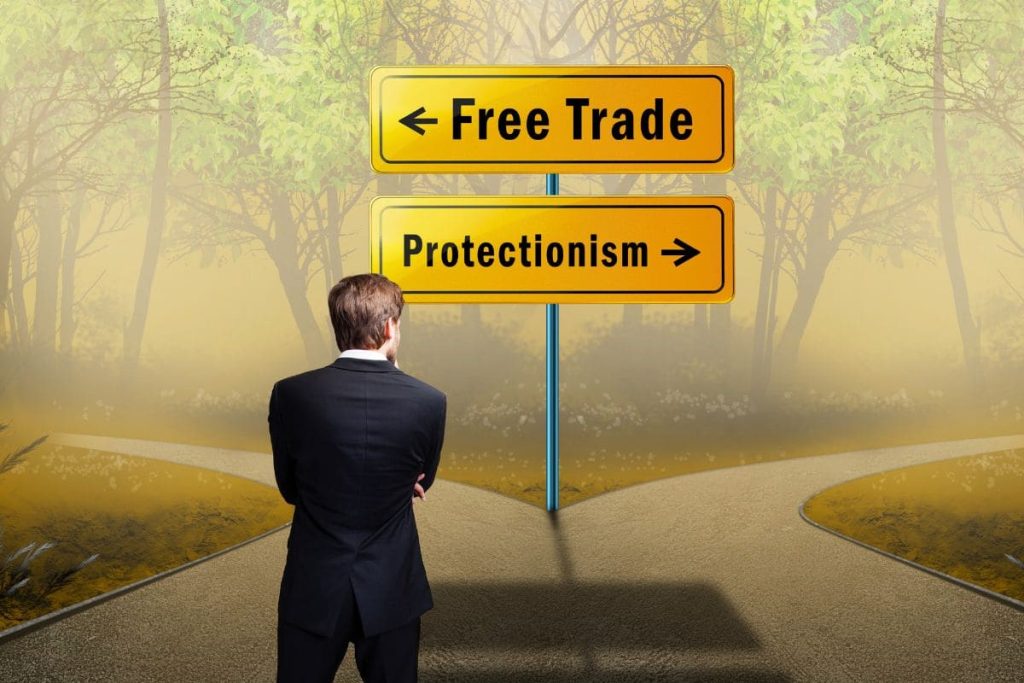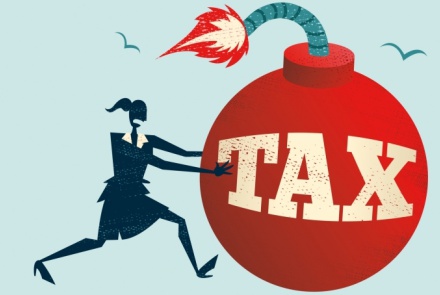
Selling globally is exciting—but it comes with extra costs that can quietly kill your margins if you’re not careful.
From shipping and tariffs to distributor cuts, setting the right export price isn’t about guessing. It’s about building a strategy that protects your profit and attracts global buyers.
Here’s how to do it.
1. Understand All Your Costs
Start by calculating the total cost per unit, including:
- Production cost
- Packaging (export-ready!)
- Domestic logistics
- Export documentation & certifications
- International shipping (FOB/CIF/etc.)
- Tariffs/duties in the destination country
- Commissions (agents, distributors)
- Currency exchange risks
Pro tip: Use a spreadsheet to break everything down—don’t rely on rough estimates.
2. Decide on Your Pricing Basis: FOB vs CIF
Two common price bases in export:
- FOB (Free On Board): You cover all costs up to the port. Buyer pays for shipping and insurance.
- CIF (Cost, Insurance, Freight): You include shipping and insurance up to the buyer’s port.
Be clear in your quote, or you could get blamed for unexpected costs later.
3. Know the Market Price Range
Research your competitors in the target country:
- What’s the typical retail price?
- What do importers usually pay for similar products?
- Is your product seen as premium, value, or niche?
Set your price to match your positioning—don’t underprice just to enter. It can backfire later.
4. Leave Room for Everyone to Profit
Your price must allow for:
- Importer margin (often 10–30%)
- Distributor margin (20–40%)
- Retailer markup (30–100%, depending on product)
Example:
If your final retail price is $10, your ex-factory/export price may need to be around $2–3, depending on the chain.
If your price is too tight, no one will push your product hard.
5. Consider Tiered Pricing
Offer different prices for:
- Bulk orders
- Exclusive partners
- Online vs offline sales
- Trial orders (small volume, higher price per unit)
This lets you stay flexible without devaluing your brand.
6. Don’t Forget Hidden Risks
- Exchange rate fluctuations
- Delays in customs or port handling
- Sudden regulation changes
Build in a small buffer margin to avoid taking a loss when things go wrong—which they sometimes will.
7. Review and Adjust Regularly
Export pricing isn’t “set and forget.” You should:
- Recheck costs every 3–6 months
- Monitor competitor changes
- Adjust based on buyer feedback
- Consider revising your price when scaling or entering new markets
Smart pricing = long-term survival.
Conclusion
Your export price tells buyers a lot: not just what your product costs—but how serious and professional your business is.
Set a price that covers your costs, allows room for your partners, and reflects your product’s value in the market.
With the right pricing strategy, you don’t just survive in international trade—you grow with confidence.
















